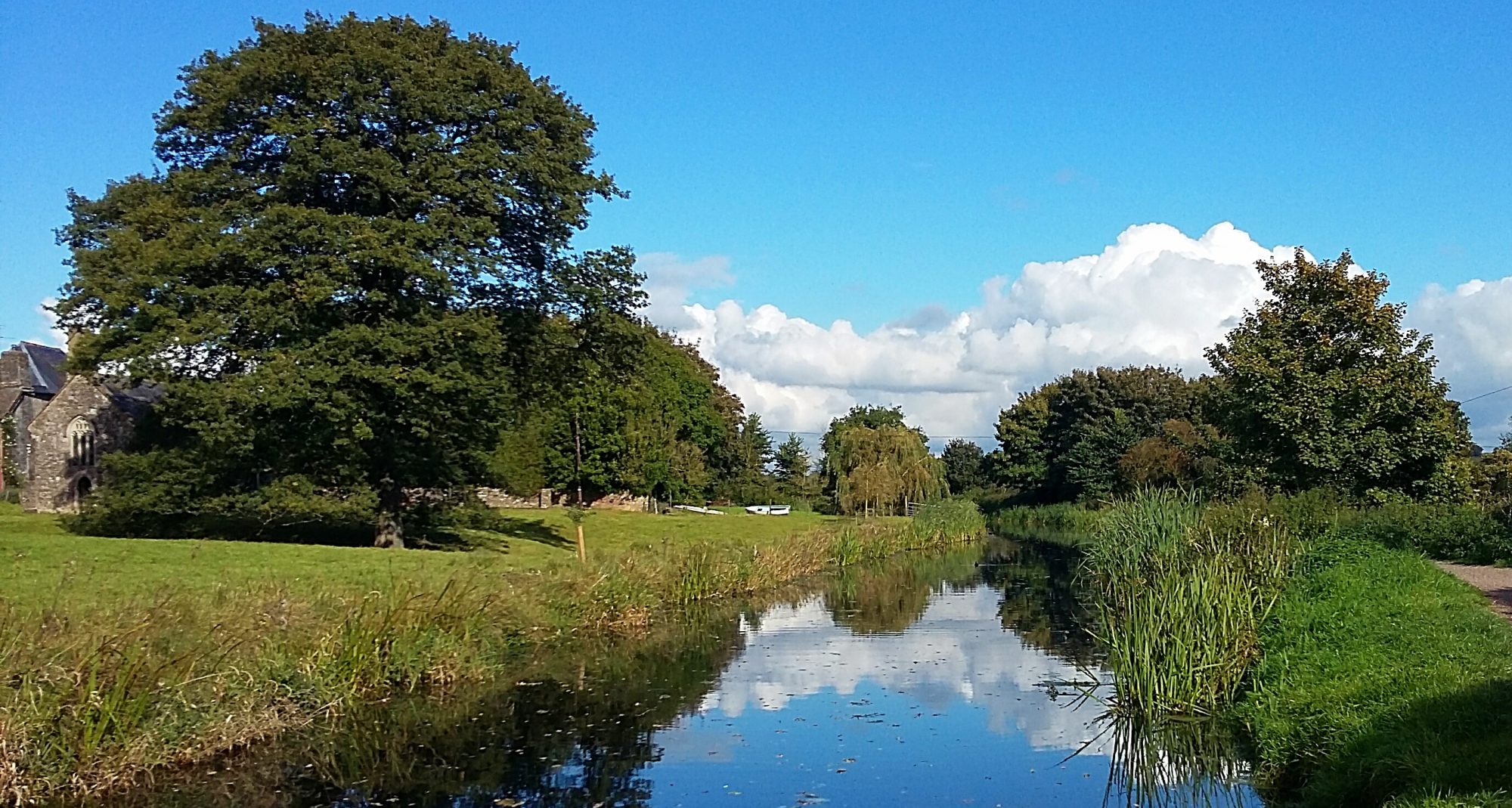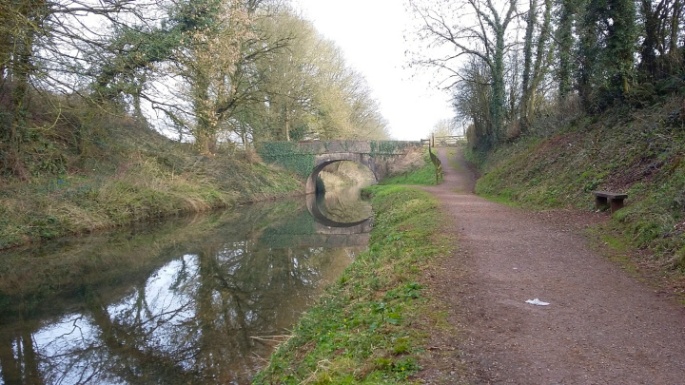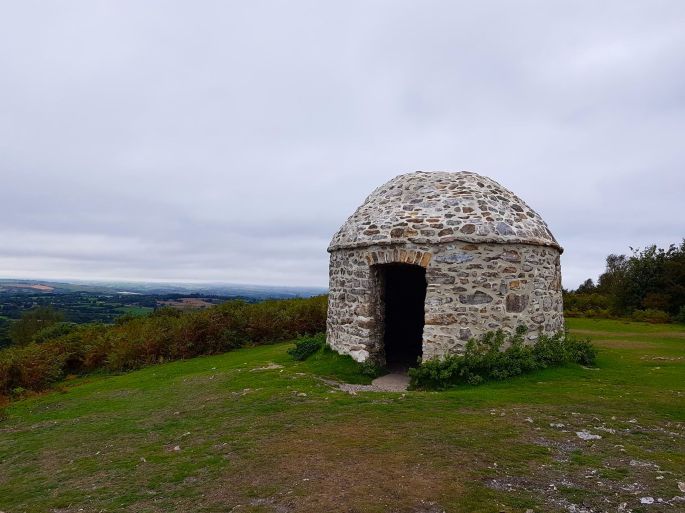
Culmstock Beacon is a stone hut which sits at the top of Blackdown Common and watches over a number of nearby villages including Culmstock, Hemyock and Uffculme. The views from the Beacon hut are so extensive that on a fair day it is possible to see almost as far as Exeter.
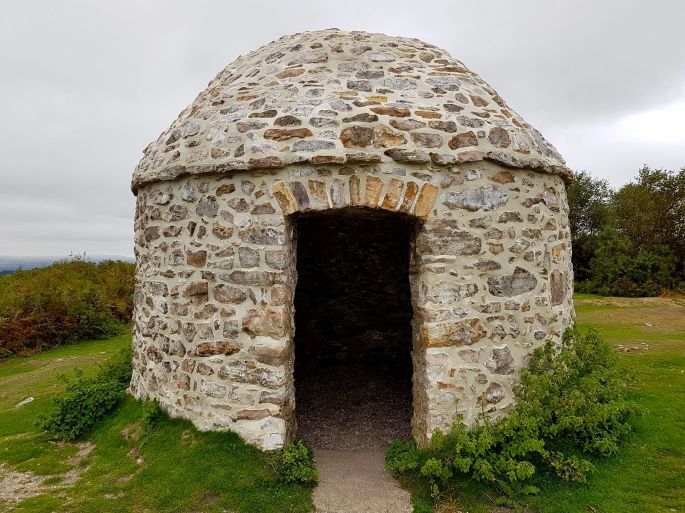
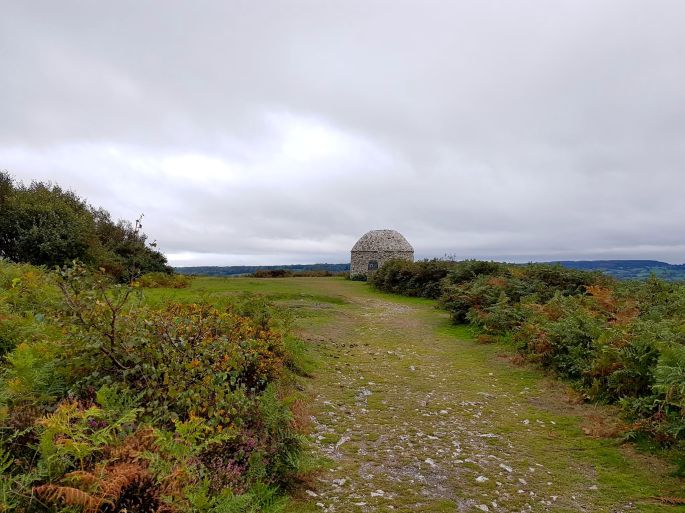
The hut was initially built in the early to mid-1500s – likely during the reign of Elizabeth I. It was used as part of a network of similar warning signals built at the top of hills across the South West of England. Although the hut at Culmstock is not completely original due to restoration, it has played an important part in British history.

The hut would have originally supported a basket above the hole within the top of the stone roof which was filled with straw and set alight to warn of impending invasion. In the day, one person from the local community would have taken charge of supervising the Beacon and at night there would have been two or three people on constant watch. As invading ships were spotted, fire beacons were lit to warn of the approaching enemy. This was incredibly important during the Spanish Armada of 1588 when invading Spanish ships were seen from the South West coast of Britain. Fire beacons were lit and this quickly conveyed the message to London that the country was at imminent risk from invasion. It is entirely possible that the Beacon at Culmstock was one of those that was lit to pass the message. In one of the most well-known British naval victories, the Spanish Armada of 1588 was beaten and this success was due in part to the quick reaction of the local people who lit the fire beacons.



The Beacon is easily viewed from the nearby villages of Culmstock and Hemyock and it is reached by a short drive towards Culmstock from the A38 which passes through the Devon/Somerset border near the village of Burlescombe. The Beacon can be accessed by a number of narrow roads which all have very limited parking so, if possible, the easiest way to reach the Beacon is by walking from one of the nearby villages. At the foot of the Blackdown Common are a number of roads that lead to dead ends and therefore the Beacon itself can only be accessed on foot. If you are intending to walk up to the top of the hill do be careful. It can be uneven underfoot and the rocks and stones become slippery when wet. The paths on Blackdown Common are also easily waterlogged and so it is advised that you wear sturdy, waterproof boots.
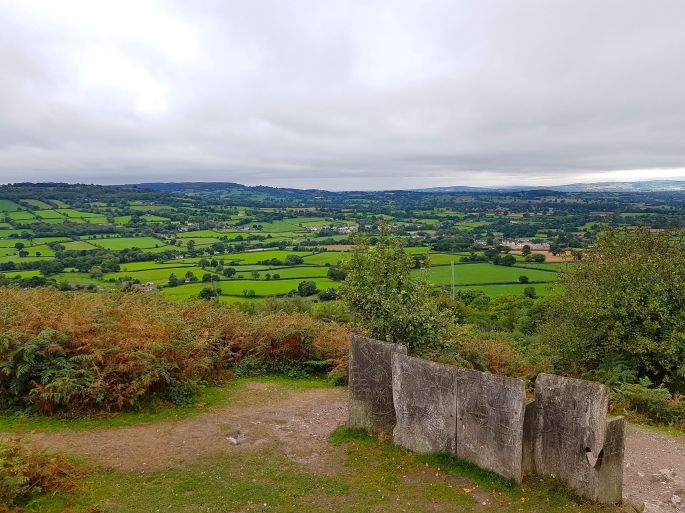
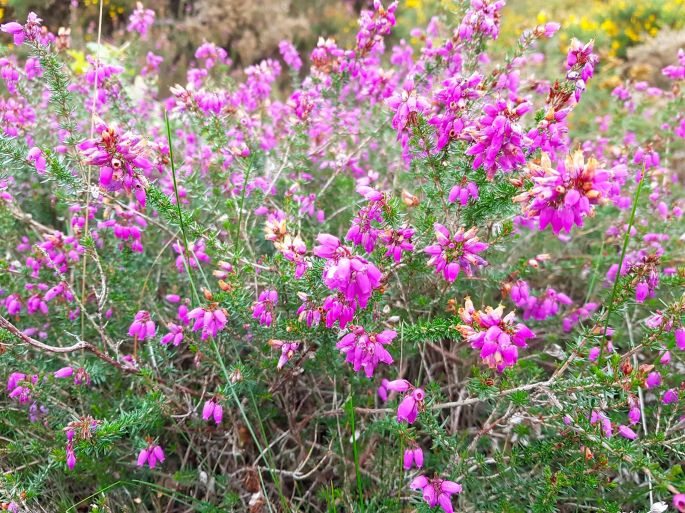
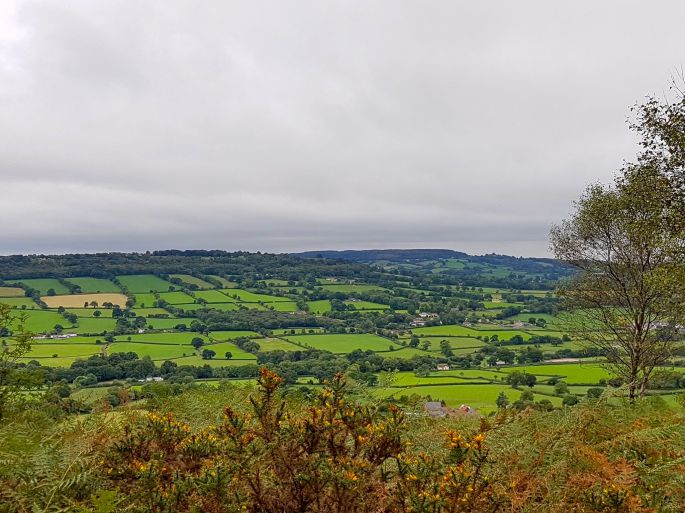
Be prepared to see plenty of beautiful wildlife as you make your way up to the Beacon hut. Blackdown Common is covered in heather which gives the hills a beautiful purple tinge when it is at its best. There are an abundance of wild ponies which graze on the common and you will be guaranteed to spot them. Rather more tricky to spot however are the beautiful deer which often leap out in front of you as you walk up to the hut. There are no restrictions as to when the Beacon can be accessed and there are amazing views to be seen all year round. This beautiful viewpoint over Mid-Devon is definitely worth many return trips.
Article by Jo Norton, We Love Mid-Devon
Photos by Jo Norton
All articles on this blog are the property of the authors and We Love Mid-Devon. Whilst we are happy for you to share, No articles are to be reproduced, copied or screenshot without the permission of the author. Please contact us if you wish to re-produce in a publication.
